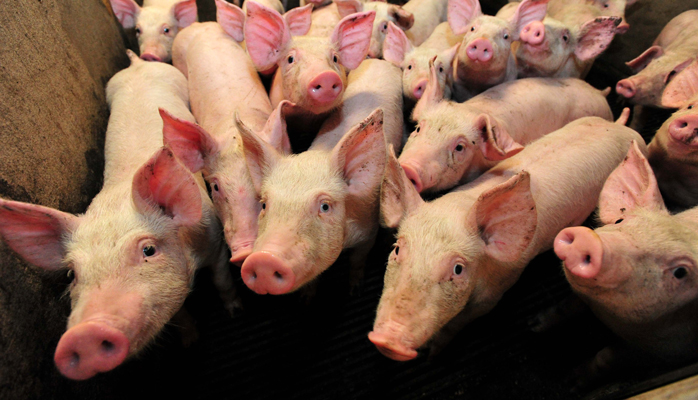VERA Test protocols
Air Cleaning Technologies
The technologies are defined as air purifying or air treatment systems, which are connected to force-ventilated animal housing systems. The objective is to reduce emissions of ammonia, odour and dust.
Test protocol Air Cleaning Technologies (revised 2018)
VERA Pruefprotokoll Abluftreinigung (GERMAN version)
Livestock Housing and Management Systems
Livestock housing and management systems that include the following: housing design including design of pen, and manure storage and removal system, bedding material and other rooting materials, additional indoor technical installations and management and treatment of indoor air and indoor climate. Manure treatment, including additives and management, feed composition, including additives and management together with general management. The objective is to reduce the emissions of ammonia, odour and dust.
Test protocol Housing and Management Systems (revised 2018)
VERA Pruefprotokoll Stallsysteme (GERMAN version)
Excel spreadsheet for calculation of emissions in dairy cattle – recommended for the calculation of the CO2 production and for the presentation of raw data.
Template PCO2 and emission calculation dairy cattle
Addition to the Test Protocol for Livestock Housing and Management Systems:
Links to EU directives and international standards
Note: the list may not be complete and that national legislation and standards are not included.
Poster and presentation of the revised VERA test protocol “Housing systems” provided during scientific conferences in 2017.
Poster VERA protocol
Presentation VERA protocol
Covers and other Mitigation Technologies for Reduction of Gaseous Emissions from Stored Manure
In general, there is a distinction between slurry storage in tanks or lagoons and storage of solid manure in heaps or containers. The definition of environmental technologies for storage includes covers, which can reduce the contact between the stored manure and the atmospheric air, or processing of manure in order to reduce the gaseous emissions during storage. The objective is to reduce the emission of ammonia, odour and greenhouse gases.
Test protocol Covers and other Mitigation Technologies (revised 2018)
VERA Pruefprotokoll Guelleabdeckungen (GERMAN version)
Slurry Separation Technologies
Separation technologies are defined as technologies that separate livestock manure into one or more solid fractions and one or more liquid fractions. The effect of a separation technology is measured on its capability to separate phosphorus (P) and organic nitrogen (N) from the manure into the solid fraction.
Test protocol Slurry Separation Technologies (revised 2018)
VERA Pruefprotokoll Separation (GERMAN version)
Measurement of Gaseous Emissions from Land Applied Manure
These technologies are defined as systems or devices that reduce the contact area between the land-applied manure and the atmospheric air, or treatments of manure that may affect emissions from land-applied manure. The central environmental pollution parameters focus on reducing the emissions of ammonia and odour.
Test protocol Land Applied Manure




